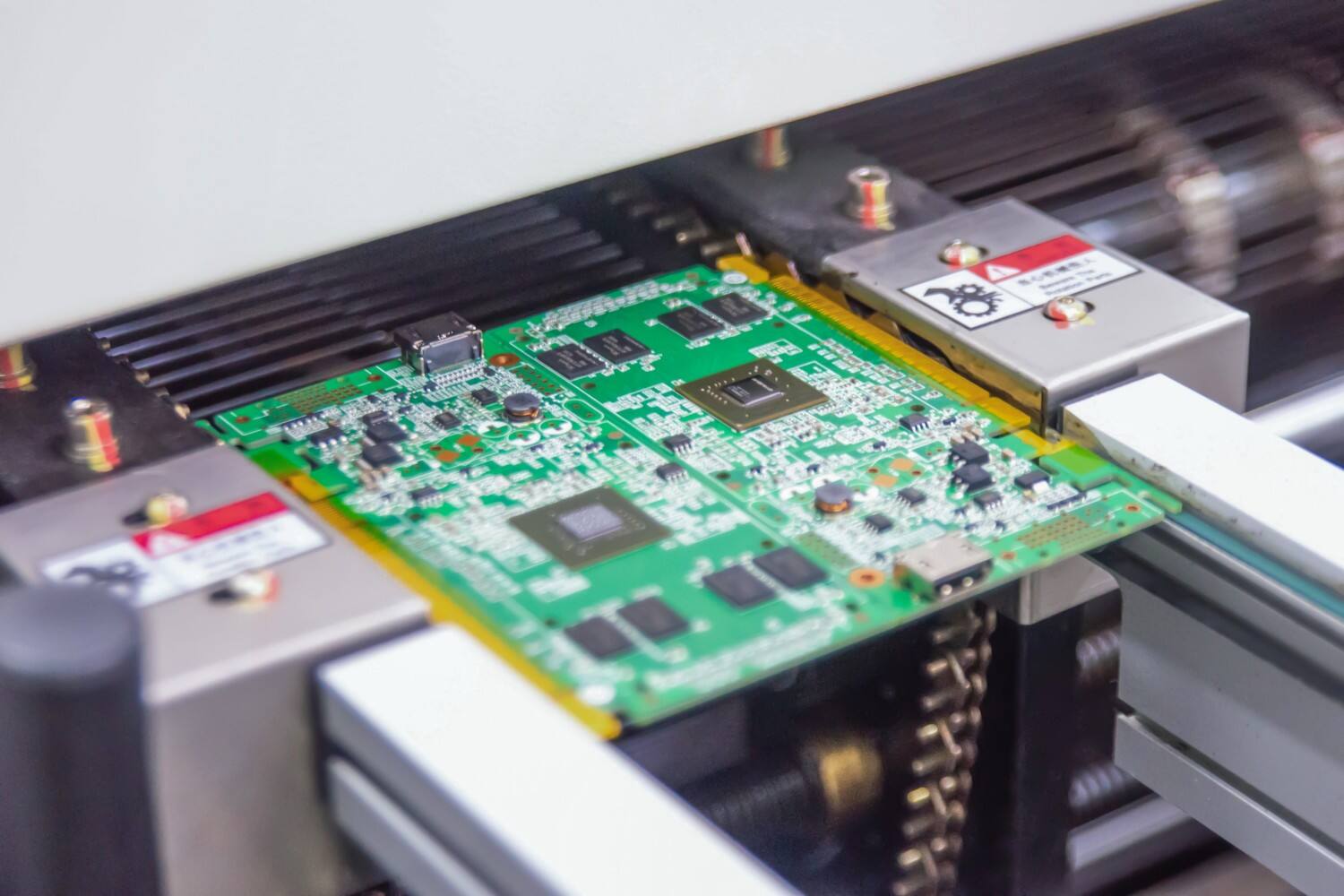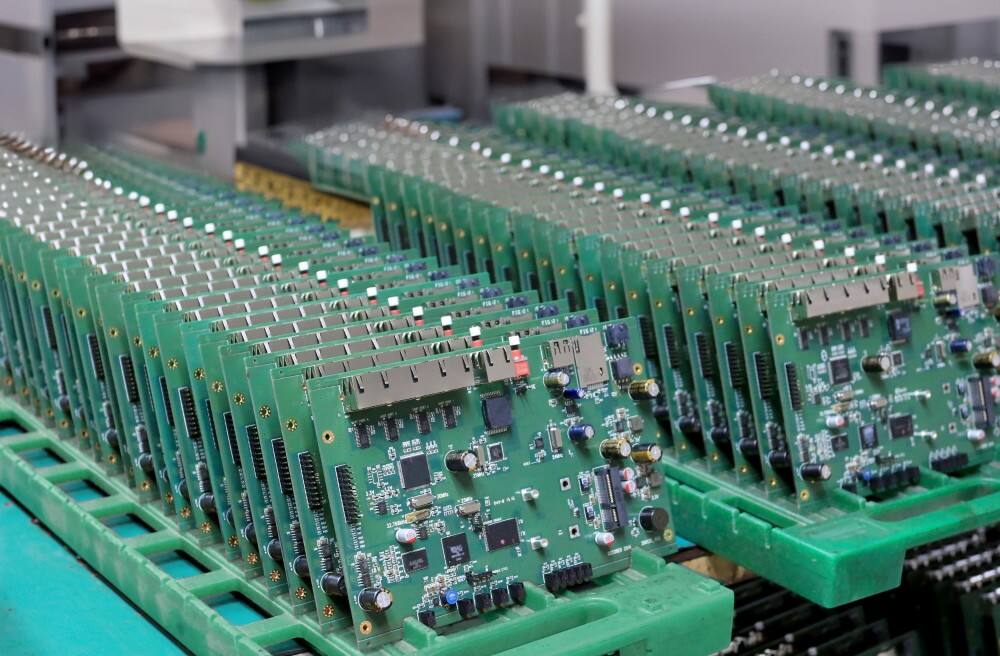Understanding Modern Printed Circuit Board Varieties
Printed Circuit Boards (PCBs) form the backbone of modern electronics, serving as the foundation for countless devices we use daily. From smartphones to industrial machinery, different types of PCBs enable the intricate connections that power our technological world. These essential components have evolved significantly over the decades, with each variety offering unique characteristics suited to specific applications.
The diversity in PCB design and manufacturing has expanded dramatically to meet the growing demands of various industries. Understanding these different types of PCBs and their specific applications is crucial for engineers, manufacturers, and anyone involved in electronics development. Let's explore the comprehensive landscape of PCB technology and discover how each type serves its unique purpose.
Single-Sided and Double-Sided PCBs
Single-Layer PCB Construction and Uses
Single-sided PCBs represent the most basic and cost-effective form of printed circuit boards. These boards feature a single layer of conductive material, typically copper, applied to one side of the substrate. Components are mounted on the opposite side, with connections made through the copper layer. This straightforward design makes single-layer PCBs ideal for simple electronic devices and learning projects.
Common applications for single-sided PCBs include calculators, radio receivers, power supply units, and simple LED lighting systems. Their simplified manufacturing process results in lower production costs, making them particularly attractive for high-volume, low-complexity products. While they may have limitations in terms of circuit density, they remain a practical choice for many basic electronic applications.
Double-Sided PCB Features and Applications
Double-sided PCBs take complexity a step further by utilizing conductive layers on both sides of the substrate. These boards use through-hole technology to create connections between the two sides, allowing for more intricate circuit designs and higher component density. The addition of the second layer provides greater flexibility in routing traces and positioning components.
These boards find extensive use in power supplies, industrial controls, amplifiers, and HVAC systems. Double-sided PCBs offer an excellent balance between complexity and cost, making them a popular choice for medium-complexity electronic devices. Their versatility and reliability have established them as a standard in many commercial and industrial applications.
Multilayer PCB Technology
Construction and Layer Stack-up
Multilayer PCBs consist of three or more conductive layers separated by insulating material and bonded together. These boards can contain anywhere from four to forty or more layers, each serving specific functions such as power, ground, or signal routing. The manufacturing process involves precisely aligning and laminating multiple layers under heat and pressure.
The layer stack-up in multilayer PCBs follows a carefully planned architecture to optimize signal integrity and minimize electromagnetic interference. Each layer serves a specific purpose, with dedicated planes for power distribution and ground connections, while signal layers carry the actual circuit paths. This sophisticated structure enables the creation of complex electronic devices while maintaining signal quality and reducing noise.
Advanced Applications and Benefits
Multilayer PCBs excel in applications requiring high component density and complex routing schemes. They are essential in smartphones, computers, servers, medical devices, and advanced telecommunications equipment. The additional layers provide superior noise immunity, better power distribution, and improved signal integrity compared to simpler PCB types.
The benefits of multilayer PCBs extend beyond just increased circuit density. These boards offer enhanced electromagnetic shielding, reduced cross-talk between signals, and improved thermal management. While they represent a higher initial investment, multilayer PCBs enable the development of sophisticated electronic devices that would be impossible with simpler board designs.

Rigid, Flex, and Rigid-Flex PCBs
Rigid PCB Characteristics
Rigid PCBs, constructed from solid substrate materials like FR-4, represent the most common type of printed circuit boards. Their robust structure provides excellent mechanical support and protection for electronic components. These boards maintain their shape throughout their lifetime, making them ideal for applications where stability and durability are paramount.
The solid construction of rigid PCBs facilitates easier component mounting and maintenance. They excel in applications requiring heat resistance and mechanical strength, such as computer motherboards, industrial control systems, and automotive electronics. Their proven reliability and cost-effectiveness make them the default choice for most electronic devices.
Flexible PCB Technology
Flexible PCBs use thin, bendable base materials that allow the circuit board to conform to various shapes or move during operation. These boards typically employ polyimide or similar flexible materials as their substrate, enabling designs that can fit into tight spaces or accommodate movement. The flexibility aspect opens up new possibilities in product design and application.
Applications for flexible PCBs include cameras, mobile devices, medical implants, and aerospace equipment. Their ability to bend and flex makes them ideal for products with space constraints or those requiring dynamic movement. Despite higher manufacturing costs, flexible PCBs offer unique advantages in terms of weight reduction and design freedom.
Rigid-Flex PCB Solutions
Rigid-flex PCBs combine the best attributes of both rigid and flexible boards. These hybrid solutions feature both rigid and flexible sections in a single board, allowing for complex three-dimensional configurations while maintaining the stability needed for component mounting. The rigid sections provide sturdy platforms for components, while flexible sections enable connections between different planes or moving parts.
These sophisticated boards find applications in aerospace, military equipment, medical devices, and high-end consumer electronics. While they represent the highest cost among PCB types, rigid-flex boards offer unique solutions for complex design challenges and can actually reduce overall system costs by eliminating the need for multiple separate boards and connectors.
Specialized PCB Categories
High-Frequency PCBs
High-frequency PCBs are designed specifically for applications operating at radio frequencies and microwave frequencies. These boards use special materials like Rogers, Taconic, or PTFE with precisely controlled dielectric constants to maintain signal integrity at high frequencies. The design must carefully consider transmission line effects, impedance matching, and signal loss.
Common applications include satellite communications, radar systems, wireless devices, and high-speed digital equipment. The specialized materials and precise manufacturing requirements make these boards more expensive, but they are essential for maintaining signal quality in high-frequency applications.
Metal Core PCBs
Metal core PCBs (MCPCBs) incorporate a metal base material, typically aluminum or copper, to enhance thermal management. The metal core efficiently conducts heat away from components, making these boards ideal for applications generating significant heat. This thermal management capability is crucial for maintaining component reliability and system performance.
LED lighting, power converters, and motor controllers frequently utilize metal core PCBs. The improved heat dissipation allows for higher power density and extended component life, though the metal core adds to manufacturing complexity and cost.
Frequently Asked Questions
How do I choose the right type of PCB for my application?
Selecting the appropriate type of PCB depends on several factors including circuit complexity, operating environment, budget constraints, and performance requirements. Consider aspects such as component density, operating frequency, thermal management needs, and mechanical requirements. Consulting with PCB manufacturers and design experts can help ensure the best choice for your specific application.
What are the key differences between rigid and flexible PCBs?
Rigid PCBs use solid substrate materials and maintain their shape, offering excellent stability and component support at lower costs. Flexible PCBs use bendable materials that can conform to different shapes and move during operation, ideal for space-constrained applications but typically more expensive. The choice between them depends on application requirements, space constraints, and budget considerations.
How many layers should my multilayer PCB have?
The number of layers needed depends on circuit complexity, signal integrity requirements, and power distribution needs. Simple designs might need only 4-6 layers, while complex high-speed designs could require 8-16 or more layers. Consider factors such as signal routing density, power and ground plane requirements, and electromagnetic interference (EMI) shielding needs when determining layer count.

